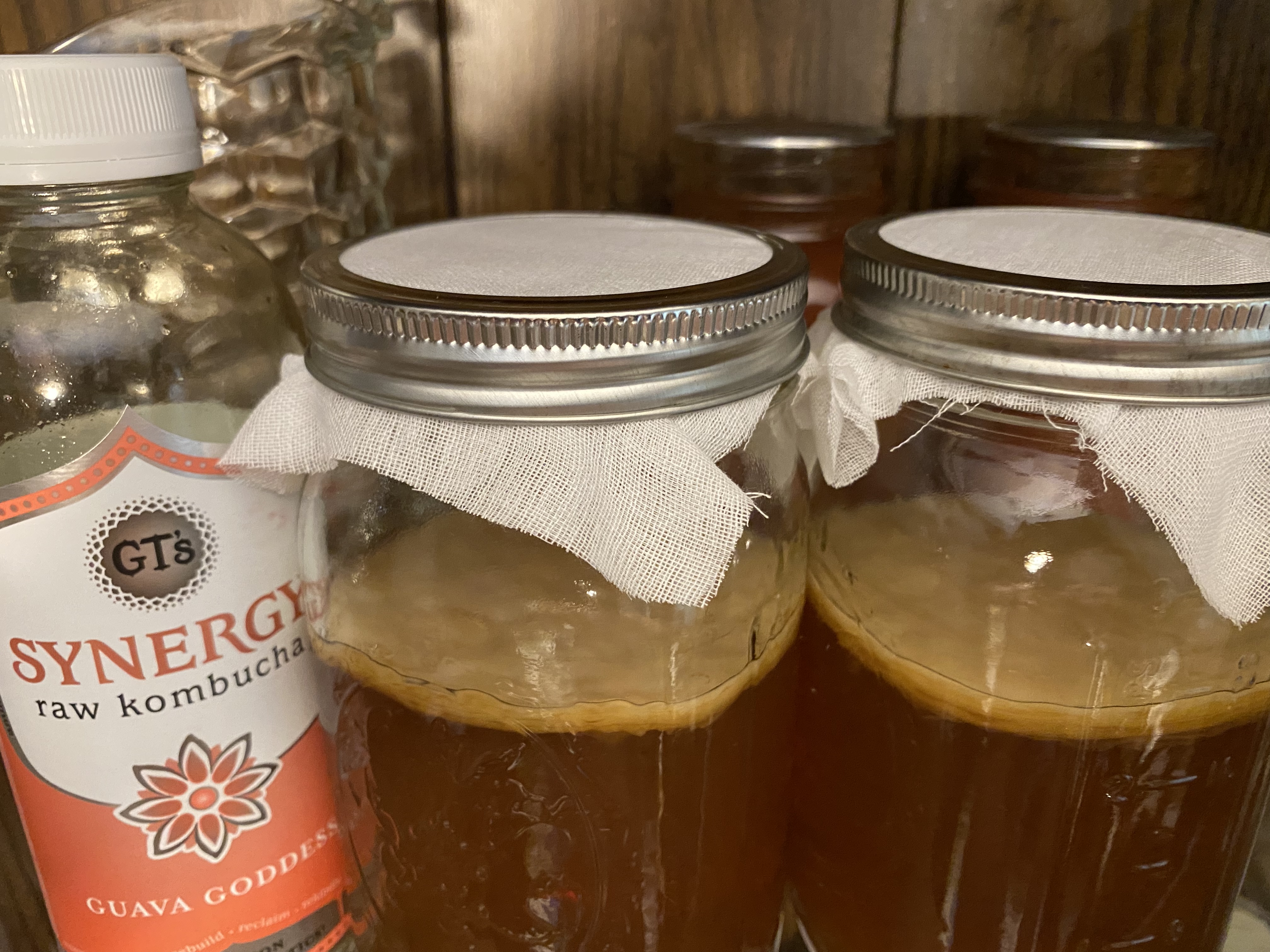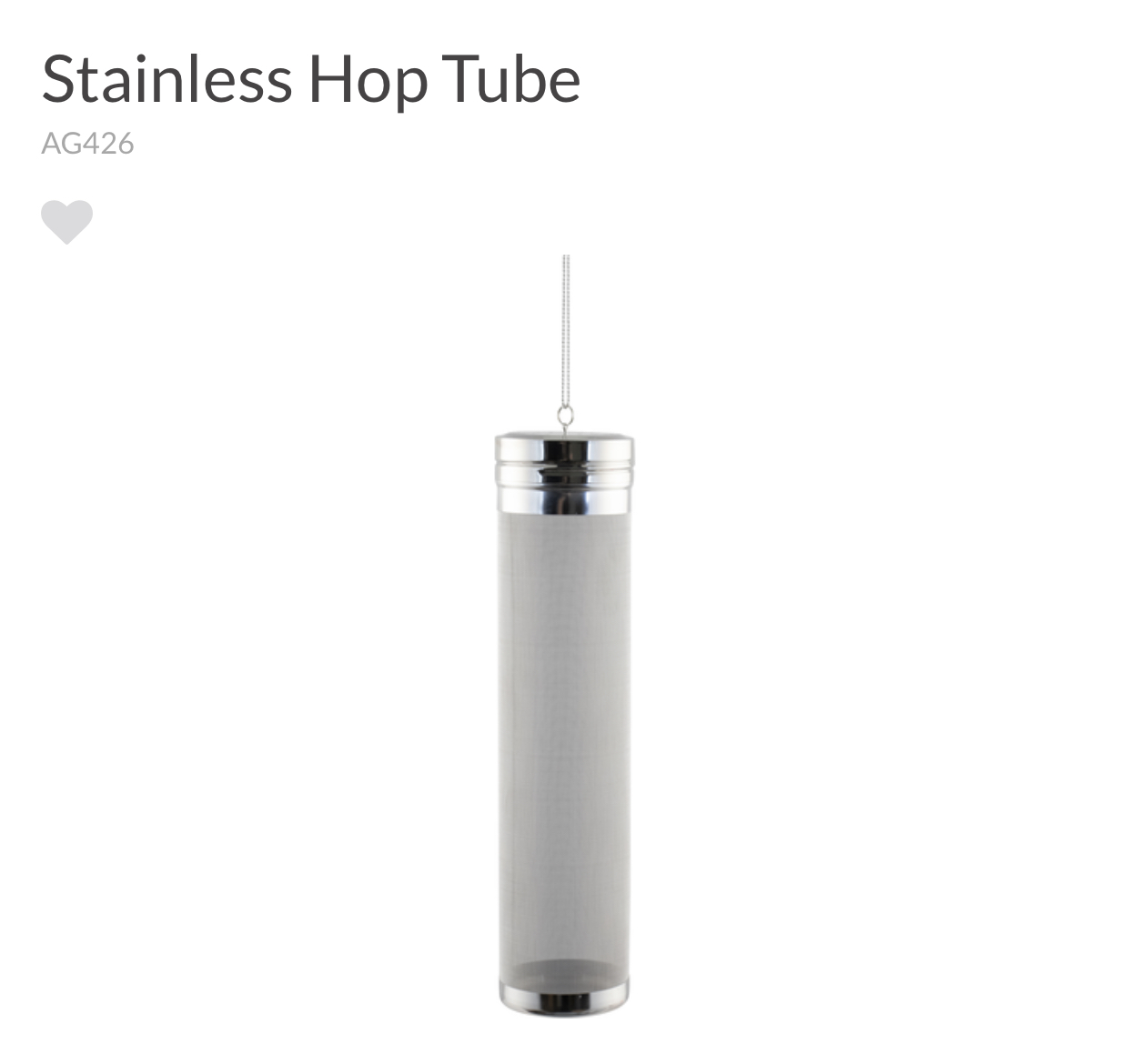MajorJC
Too many hobbies... not enough time.
I've recently learned that I really like the tart bite of Kombucha. My first two batches started growing green mold on top of the pellicle and I was advised to throw them out and re-sanitize and start over. After the second batch became moldy, I moved them from my laundry room to my office and so far they look really great.

It will take a little longer to get a finished product in my office because the temp is staying around 68-70 F.

It will take a little longer to get a finished product in my office because the temp is staying around 68-70 F.






















































![Craft A Brew - Safale BE-256 Yeast - Fermentis - Belgian Ale Dry Yeast - For Belgian & Strong Ales - Ingredients for Home Brewing - Beer Making Supplies - [3 Pack]](https://m.media-amazon.com/images/I/51bcKEwQmWL._SL500_.jpg)






